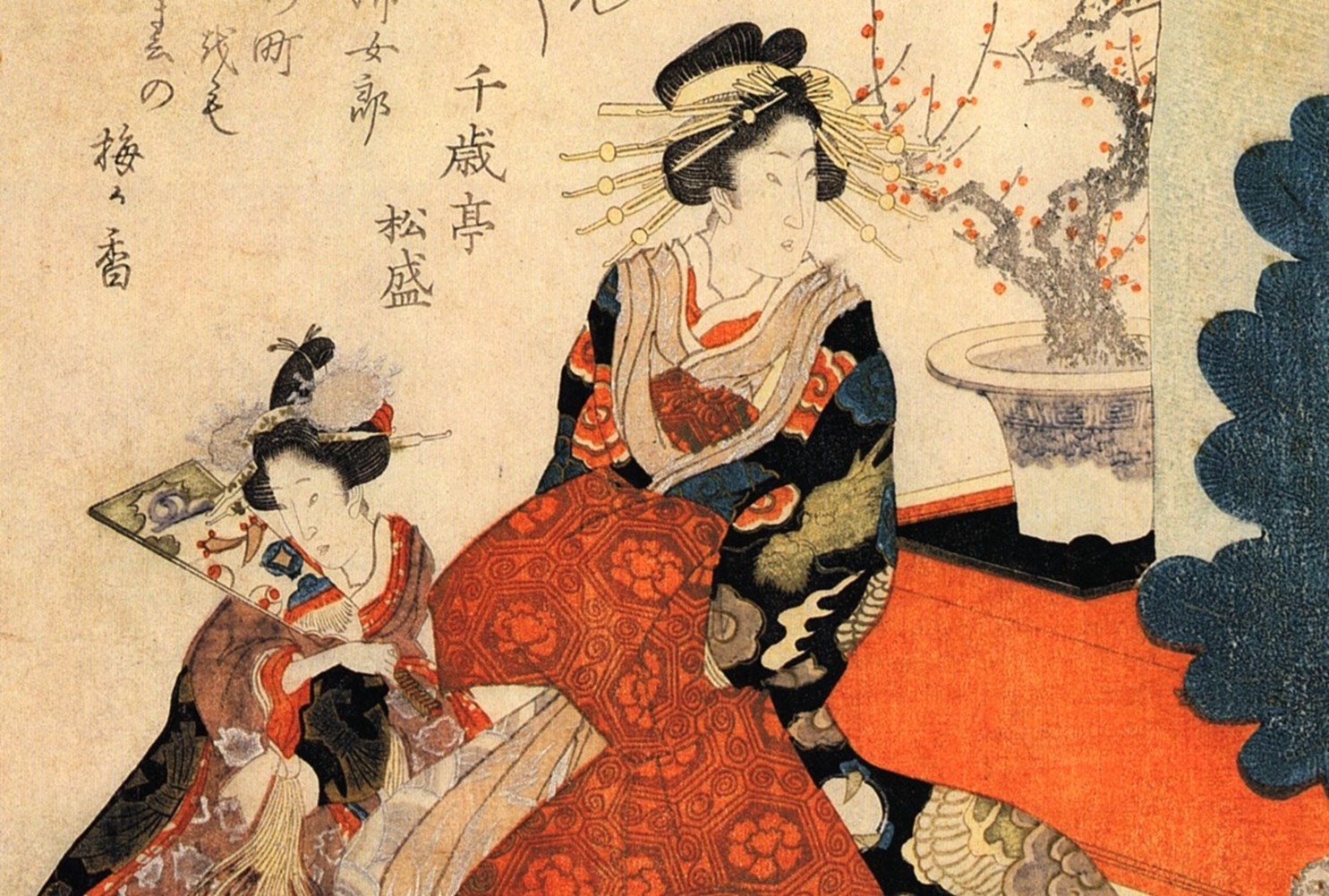Japan, a country known for its rich cultural heritage and captivating landscapes, has a longstanding tradition of producing exquisite artworks. Among these artistic treasures, Japanese paintings hold a special place, showcasing the country’s unique aesthetic sensibilities and deep-rooted reverence for nature. In this blog post, we invite you to embark on a serene and contemplative journey into the world of Japanese paintings, exploring their distinctive characteristics, themes, and the enduring allure they hold.
- Harmony with Nature: Japanese paintings are deeply intertwined with the concept of harmony with nature, reflecting the country’s spiritual connection to the natural world. Whether it’s the delicate depiction of cherry blossoms, serene landscapes, or graceful wildlife, these artworks encapsulate the Japanese philosophy of finding beauty in simplicity and capturing the ephemeral nature of existence. Through their brushstrokes, Japanese painters seek to create a sense of tranquility and invite viewers to pause and appreciate the subtle wonders of the natural realm.
- Influence of Traditional Techniques: Japanese painting techniques have evolved over centuries, incorporating various styles and influences. One of the most renowned techniques is Sumi-e, also known as ink wash painting. This style emphasizes the use of black ink on rice paper, allowing artists to convey depth, texture, and mood through delicate brushwork and varying shades of ink. Another prominent technique is Yamato-e, characterized by vibrant colors and intricate details, often depicting scenes from literature, history, and mythology. These traditional techniques not only showcase the technical mastery of the artists but also contribute to the distinctive allure of Japanese paintings.
- Themes of Symbolism and Spirituality: Japanese paintings often incorporate symbolic elements and explore spiritual themes deeply rooted in the country’s cultural and religious traditions. From Zen Buddhism to Shintoism, these artworks delve into concepts of enlightenment, impermanence, and the cyclical nature of life. Symbolic motifs such as the cherry blossom representing the transience of beauty or the crane symbolizing longevity and good fortune are commonly found in Japanese paintings. Through these symbolic representations, the artworks offer viewers a glimpse into the profound philosophical and spiritual perspectives of Japanese culture.
- Embracing Simplicity: A defining characteristic of Japanese paintings is their emphasis on simplicity and understatement. Rather than focusing on intricate details or elaborate compositions, these artworks strive for minimalism, often leaving empty spaces to encourage contemplation and invite the viewer’s imagination to fill in the gaps. By stripping away unnecessary elements, Japanese paintings evoke a sense of serenity and allow viewers to connect with the essence of the subject matter on a profound level.
- Enduring Appeal and Contemporary Influence: Despite their ancient origins, Japanese paintings continue to captivate audiences worldwide and have had a significant influence on modern art and design. Their minimalist aesthetic and profound spiritual undertones have inspired countless artists and designers, who seek to capture the elegance and tranquility associated with Japanese art. From contemporary exhibitions to interior decor, the timeless allure of Japanese paintings resonates with individuals seeking a harmonious balance between modernity and the inherent beauty of nature.
Japanese paintings and canvas prints , with their tranquil beauty, spiritual symbolism, and harmonious connection to nature, offer viewers a serene and contemplative experience. Through minimalistic brushwork, traditional techniques, and a deep-rooted reverence for the natural world, these artworks invite us to pause, appreciate the present moment, and find solace in the simplicity that surrounds us. By delving into the world of Japanese paintings, we can embark on an artistic journey that expands our understanding of beauty, encourages reflection, and fosters a profound connection with nature and the rich cultural heritage of Japan.
